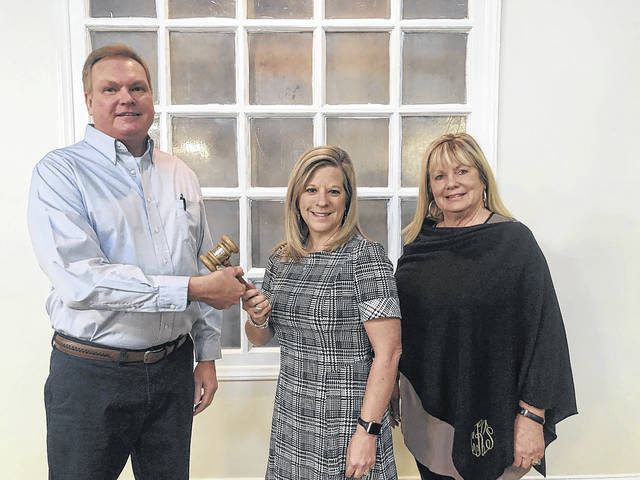The article focuses on a global study examining how decomposition rates changed with temperature and precipitation, in part due to climate’s effects on decomposing organisms such as microbes and termites.
Woods became interested in the opportunity to do research as an undergraduate student when she took a course on disease evolution and ecology with Megan Rúa, Ph.D., associate professor of biological sciences who is a co-author of the article.
“I was very excited about the topics. So I asked her what opportunities there were to do research in her lab,” said Woods, who earned her bachelor’s and master’s degrees in life sciences from Wright State. “I initially helped with several projects in the greenhouse and carried out literature research. When I was ready for independent projects, she introduced me to the Global Decay Network, which was studying the differential effects of termite and fungal decay around the world. They needed a trial site in the region.”
Woods said that deadwood in forests stores a significant portion of global carbon and that understanding what factors alter the decomposition dynamics of these carbon stores can influence climate change.
“I’m particularly interested in the web of interactions that underlie the complexity of carbon storage in forests,” she said. “During decomposition, insects such as termites and microorganisms such as fungi break down wood in different ways and at different speeds. This means that the interactions between decomposers and wood residues can shift the release of forest carbon.”
She said this relationship is further complicated by things like temperature and precipitation, which vary around the world.
“By participating in a global study, we were able to find generalizations in the drivers of wood degradation worldwide,” she said.
Woods’ part of the research project was a two-year decomposition study in the Wright State Woods that served as a replica of the temperate broadleaf trees for the global study.
“In my part of the study, I also looked at how the invasive shrub Amur honeysuckle interacted with the decaying wood,” she said. “My part of the project served as my master’s thesis and is now being reviewed for publication in a peer-reviewed journal.”
Woods said she’s glad she pursued research opportunities as a student and excited where it took her.
“A publication in Science is extremely exciting as it is a top journal in this field. It’s been really encouraging to be part of a team that is delivering impactful results with global impact,” she said. “I am grateful to be part of such a wonderful collaboration.”
Woods encourages other students who think they might be interested in the research to try it.
“Ask graduate students or faculty whose research appeals to you if they have opportunities to get involved in their lab. There’s often room to help others with their projects or to do tasks that keep the lab running, giving you the opportunity to develop your own independent lines of research when you’re up for it,” she said. “I encourage students to try different research areas with different techniques to find what stimulates their intellect and creativity the most.
Woods is currently pursuing her Ph.D. in Biology from the University of Dayton, where she works with Five Rivers MetroParks and focuses her research on conservation and forest restoration.








